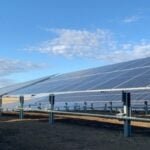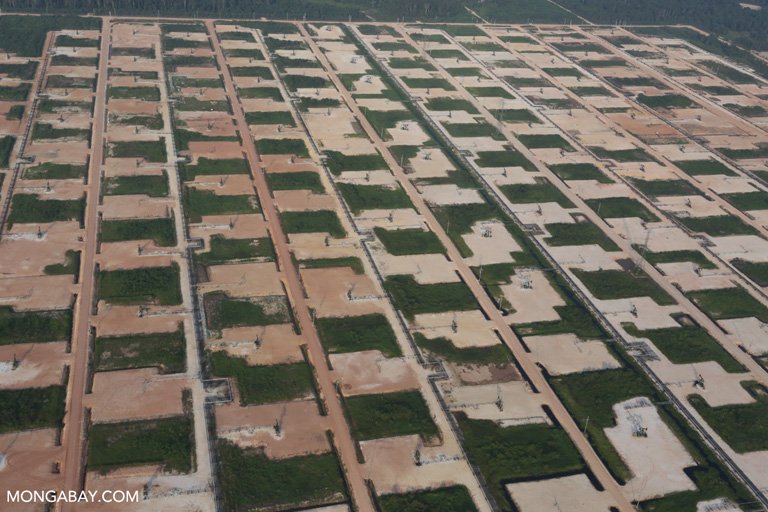The authorities moreover well-liked that intake processes for “other styles of projects” will most definitely be launched in the coming months, suggesting that other actors in the Canadian energy sector would possibly perhaps maybe salvage pleasure from authorities funding for renewable energy projects.
Grids live the precedence
The emphasis on bettering grid resilience is per chance expected, brooding about the challenges confronted by the Canadian grid. In accordance to a file, ‘Powering Canada: A blueprint for success’, published by authorities body Natural Sources Canada, as of Could 2024, 280 communities in some distance flung parts of the country had now no longer been linked to elevated electricity grids, and needed to count on local diesel-powered electricity period to meet energy wants.
The authorities has dedicated to decarbonise its electricity grids by 2035, and sustained funding would possibly perhaps even neutral be required to limit grids’ carbon emissions, and enlarge their scope to incorporate extra local communities.
Nonetheless, this emphasis on grid resilience comes at a time the assign moderately a range of Canadian provinces beget launched extra boundaries to the deployment of newest record voltaic capacity interior their borders, with Alberta premier Danielle Smith promising an “agriculture-first manner” to land expend in her province. Alberta tightened allowing tips for renewable energy projects in March, whereas Ontario banned the deployment of record voltaic projects, in train, on prime agricultural land in August.
Certainly, record voltaic has historically been sidelined in the Canadian energy mix, with the ‘2024-forty five Energy Truth Ebook’, produced by the Canadian Centre for Energy Files, noting that record voltaic accounted for correct 0.9% of the country’s electricity period in 2022. Right here is lower than wind, which accounted for five.7%, and even petroleum, which accounted for 1%, so whereas there would possibly perhaps even neutral be doable for further grid investments in Canada, historic precedent, mixed with newest rules, would counsel that there would possibly perhaps even neutral now no longer be vital investments in the record voltaic dwelling.
Raising capital
The announcement follows a C$2.9 billion (US$2.1 billion) funding into the SREPs arrangement in 2023, alongside extra than C$1 billion (US$730 million) of funding in the 2021 and 2022 federal budgets, and the most recent round of financing demonstrates a sustained commitment to funding in the Canadian energy sector.
This scale of federal funding displays investments made at the provincial level, the assign Quebec has launched a 12-year, C$170 billion (US$123.5 billion) belief to dramatically upgrade its energy mix. The province is focusing on the advance of additional than 5,000km of newest transmission and distribution infrastructure, alongside a huge 10GW of newest wind capacity and 1.5GW of “other renewables” and storage.
“This next step will enable us to enhance even extra projects as we work with provinces, territories, Indigenous governments and non-governmental partners as we work toward our general fair of an energy-efficient and money-saving dapper grid,” stated Jonathan Wilkinson, Canada’s minister of energy and natural assets. “I watch for seeing the effects of this original funding because it improves energy infrastructure from hover to hover to hover.”








